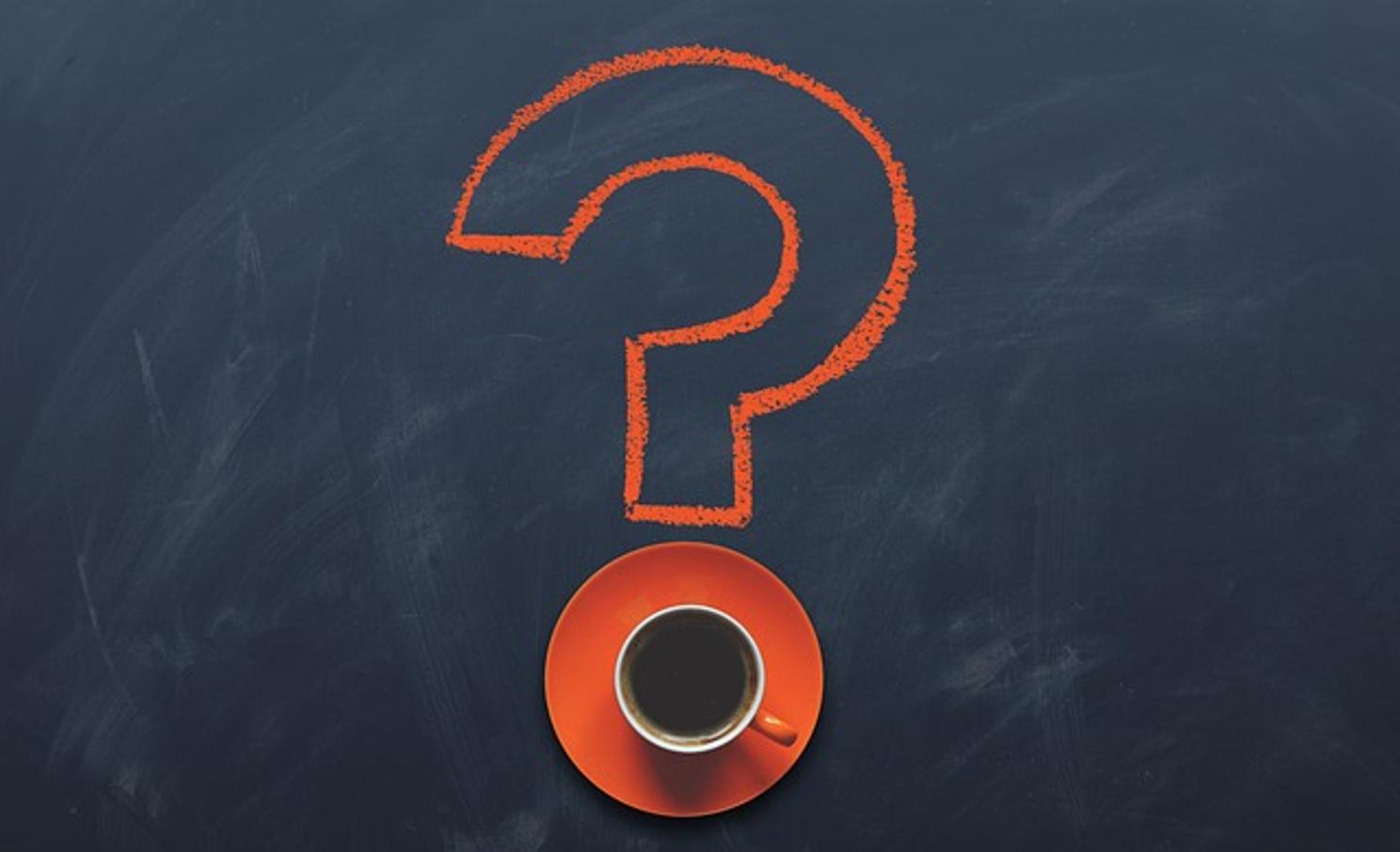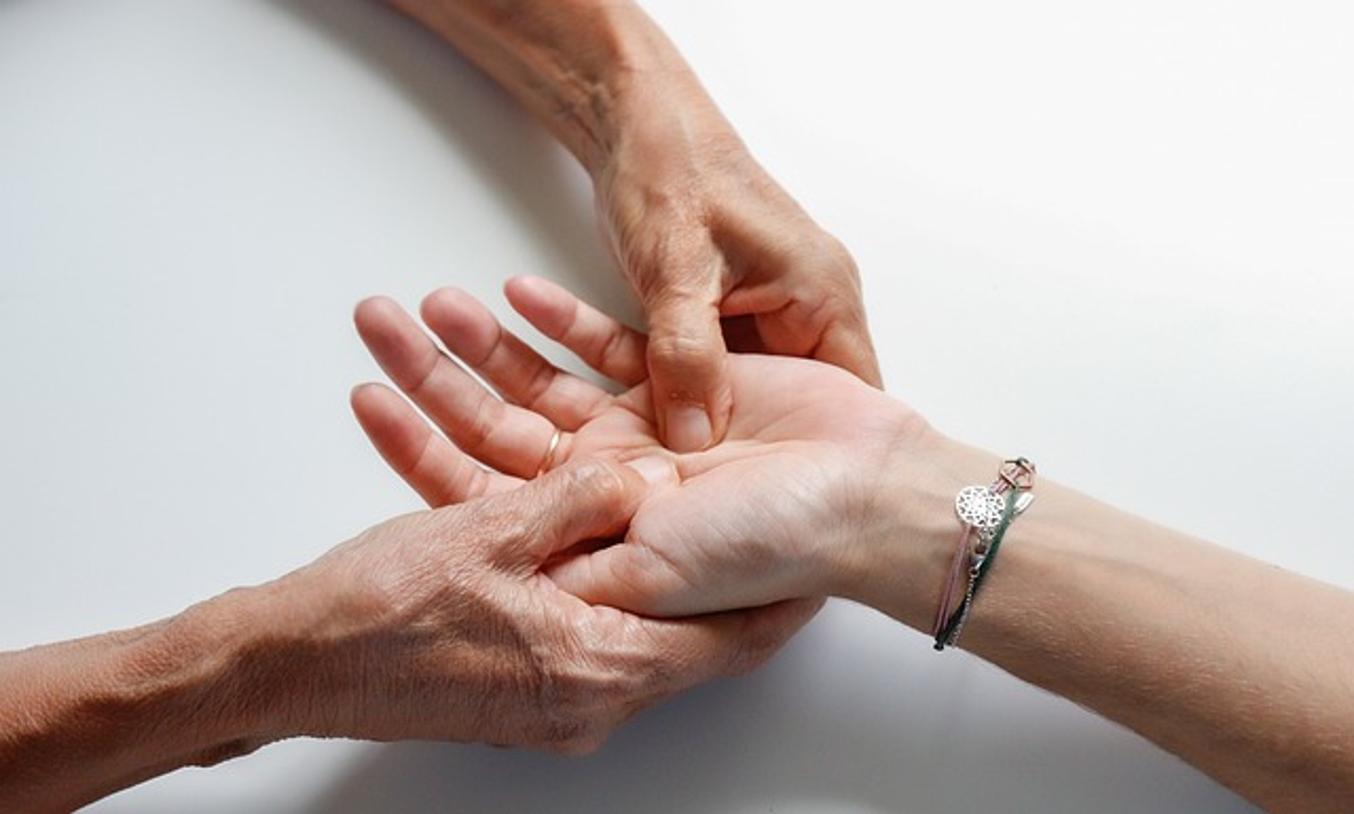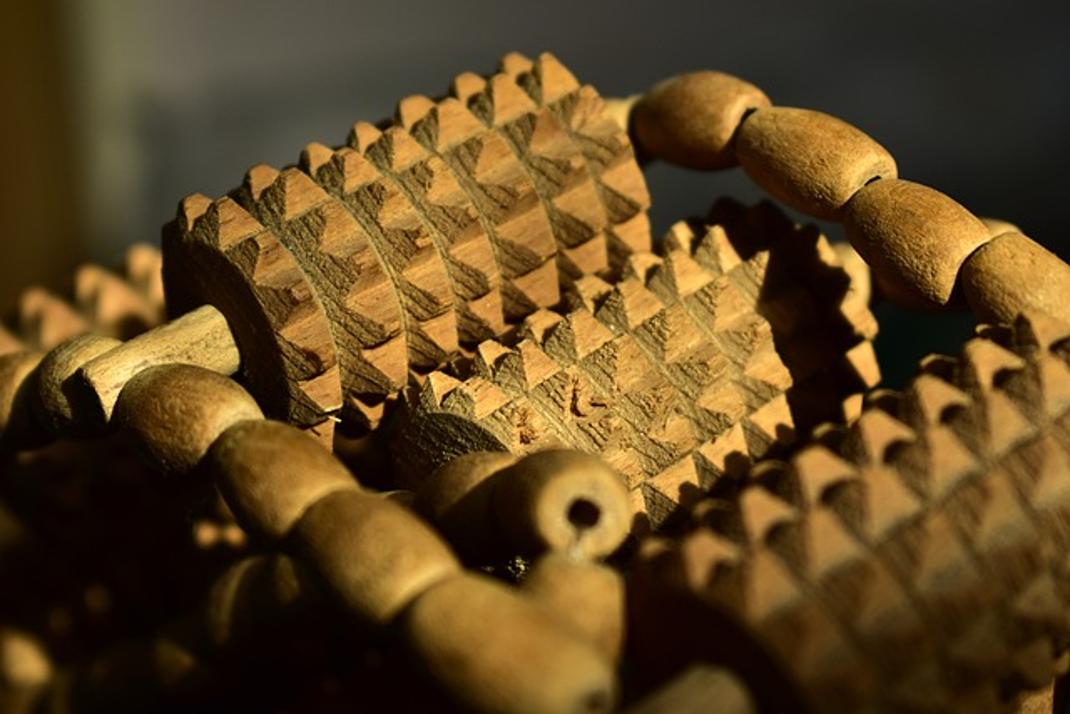Introduction
Using a percussion massager can significantly alleviate muscle tension, reduce pain, and enhance your recovery process. Many athletes and fitness enthusiasts incorporate percussion massagers into their routines to attain better performance and quicker muscle recovery. But how exactly can you utilize this device to maximize its benefits? In this comprehensive guide, we’ll explore the nuances of using a percussion massager effectively and safely.

Understanding Percussion Massagers
Percussion massagers, often referred to as massage guns, have gained popularity due to their ability to deliver rapid bursts of pressure to muscle tissues. Unlike traditional massages, which often involve kneading and rubbing, percussion massagers use percussive therapy. This method effectively loosens muscle knots and enhances blood flow. These devices typically come with multiple attachments and adjustable speed settings to cater to different muscle groups and intensity preferences.
A percussion massager works by generating quick, repetitive strokes that penetrate deep into the muscle tissue, promoting relaxation and recovery. Relying on this mechanical pressure rather than manual force, percussion massagers can often deliver more consistent results. The massager’s rapid movements emulate traditional massage techniques like pounding, which target and relieve deeper sections of muscle tissues.

Benefits of Using a Percussion Massager
The advantages of using a percussion massager extend far beyond simple muscle relaxation. Here are some compelling reasons to include percussion therapy in your wellness routines:
- Enhanced Muscle Recovery: Regular use of a percussion massager can greatly speed up muscle recovery after intense physical activities. These devices help in breaking down adhesions and increasing blood flow, which facilitates faster transport of nutrients to the muscles.
- Pain Relief: Those suffering from chronic pain or muscle soreness can benefit significantly from this non-invasive therapy. The percussive action effectively reduces pain by desensitizing the surrounding area of soreness.
- Increased Range of Motion: Regular use can improve your range of motion by releasing muscle tightness and improving your flexibility. This is particularly beneficial for athletes who need to maintain optimal physical performance.
- Stress Relief: The percussive motions can help lower stress levels by stimulating nerve endings and promoting the release of endorphins, the body’s natural stress relievers.

How to Use a Percussion Massager: Step-by-Step Guide
Using a percussion massager correctly is crucial to maximize its benefits and avoid injuries. Below is a step-by-step guide to help you get started:
- Read the Instruction Manual:
- Before you start, read the manual that comes with your device. Different massagers have various functionalities; familiarize yourself with them to ensure proper use.
- Choose the Right Attachment:
- Attach the appropriate head for the muscle group you intend to target. For example, use a large, flat head for large muscle groups like the thighs and back, and a smaller, pointed head for specific trigger points.
- Turn On the Device:
- Select your preferred speed setting. Beginners should start with a lower speed to get used to the sensation before moving to higher intensities.
- Begin Massaging:
- Gently apply the massager to your muscles. Start with large muscle groups and move the device slowly across the area. Avoid staying in one spot for too long, as prolonged exposure can be intense and potentially harmful.
- Duration:
- Spend between 1-2 minutes on each muscle group. Longer sessions may be beneficial but should be implemented gradually as you become accustomed to the device’s effects.
- Post-Use Care:
- After using the massager, do some light stretching to further relax the muscles and enhance flexibility. Clean the attachment heads and store the device safely.
Tips for Safe and Effective Use
A percussion massager can be highly effective, but it’s vital to use it correctly to avoid potential injury. Here are some practical tips:
- Avoid Sensitive Areas: Refrain from using the massager on bony areas, wounds, or inflamed regions. Stick to large muscle groups and avoid spots where the sensation feels uncomfortable.
- Ease Into It: If you’re new to percussion massagers, start with the device at a low-speed setting. Gradually increase the intensity as your muscles adapt to the new sensation.
- Stay Hydrated: Proper hydration is essential for muscle health. Drinking enough water can amplify the benefits of percussive therapy by helping to flush out toxins released during the massage.
- Regular Use: Consistency is key to achieving long-term benefits. Incorporate the massager into your daily or weekly routine to maintain muscle health and recovery.
Conditions and Areas to Target with a Percussion Massager
Percussion massagers can be used for a variety of conditions and muscle groups. Here’s a look at where you can target them:
- Upper Back and Shoulders:
- Ideal for reducing tension and alleviating pain caused by poor posture or stress.
- Lower Back:
- Helps to relieve tightness and discomfort often associated with long periods of inactivity or improper lifting techniques.
- Thighs and Calves:
- Great for athletes looking to reduce muscle soreness and enhance recovery post-workout. These areas tend to gather lactic acid, and percussive therapy can break it down effectively.
- Glutes:
- Can improve blood flow and reduce tightness in the gluteal muscles, which is crucial for runners and cyclists.
- Plantar Fascia:
- A smaller attachment can be used to relieve tension in the plantar fascia, ideal for those suffering from plantar fasciitis.
Conclusion
Incorporating a percussion massager into your fitness and wellness routine can yield numerous benefits, from enhanced muscle recovery to stress relief. However, understanding how to use it correctly is crucial to ensure safety and maximize its efficacy. Follow this guide and the tips provided to make the most out of your percussion massager, paving the way for a more relaxed and healthier you.
Frequently Asked Questions
Can I use a percussion massager every day?
Yes, using it daily is possible but ensure you don’t overuse it on the same muscle group. Giving your muscles a day or two to rest can prevent potential strain.
What attachments should I use for different muscle groups?
Flat heads are ideal for large muscle groups, round balls are versatile and suitable for almost any area, and bullet heads focus on deep tissue and trigger points.
Are there any areas I should avoid using a percussion massager?
Avoid sensitive areas like the neck, head, bony prominences, and any region experiencing severe pain or inflammation, as this could potentially cause injury.
